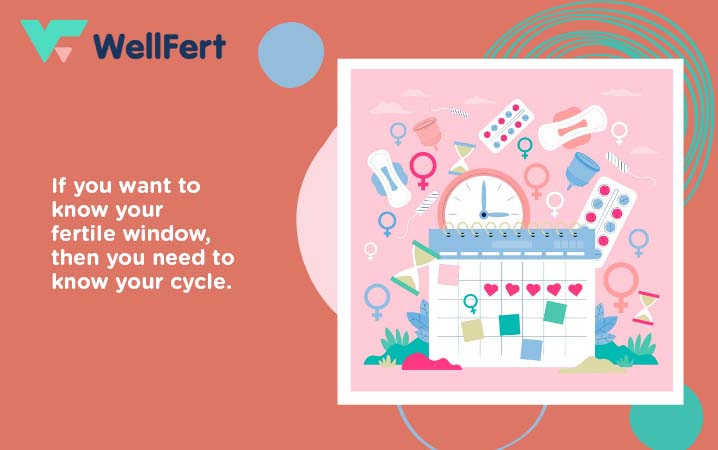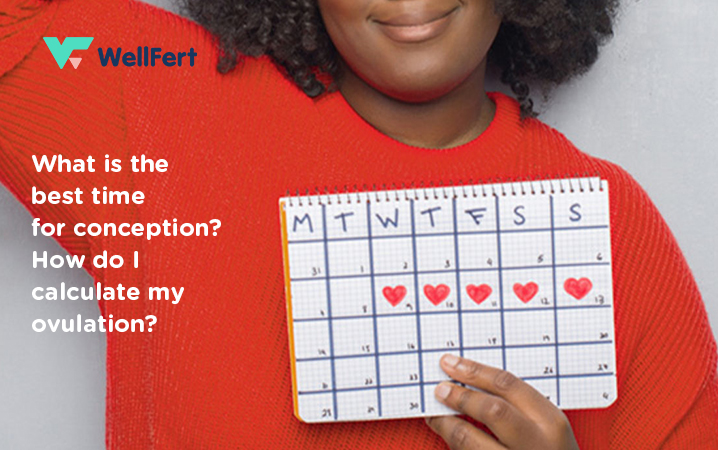- No Comments
Ovulation: The Best time for Conception to Happen (Part 2)
We’ve told you how ovulation happens, now let’s tell you what to look out for. If you missed the first blog about ovulation, click here
First thing’s first. You are not to ever compare your cycle to anyone else’s. Every woman’s cycle is unique and different. Being observant of your ovulation and how your menstrual cycle flows can enable you to plan your pregnancy.
One of the signs you may see that indicates ovulation is a change in the color and texture of your vaginal discharge to a clear, watery and thin mucus discharge to reduce its viscosity and promote the possibility of the sperm ejaculated into the vagina to reach the ovum for impregnation. Other signs are breast tenderness, bloating, a slight increase in your basal body’s temperature due to the increased progesterone levels, one-sided cramping or pain called mittelschmerz or ovulation pain (around the lower stomach area) and particularly a higher sex drive in this phase.
You should note that it will be more reliable if these signs are monitored over several months so that you can tell what is normal to your body and be able to identify the body changes that occur during ovulation. You may experience one or more of these body signs at once. Women who experience irregular periods or notice that they do not ovulate by the absence of these monthly indications will require specialist attention. Using birth control pills or hormonal forms of contraception for a prolonged time can also result in menstrual irregularities that cause a delay in conception.

These body changes and the timing of ovulation can vary from time to time. It can also be altered with age as a woman’s fertility declines naturally from 35 years. The quantity and quality of eggs released at this time also decrease with age in a way that ovulation may become irregular. That is, ovulation and menstruation may not occur every month. This menstrual irregularity can make conception difficult at this point. Some factors like stress, anxiety, trauma, starvation and infections can in turn negatively affect ovulation. There are also disease conditions that can affect ovulation, so it is vital to see a doctor if you are unable to track your ovulation. In this case, other methods such as hormone tests, follicle tracking or ovulation kits can be used to confirm ovulation. Combining the various forms of identifying ovulation to verify its occurrence will provide a couple with more accurate results.
It is crucial for women who are tracking their fertile window in order to get pregnant to see a doctor who can help them make proper preconception plans, and if there is any other co-existing medical condition, it can be spotted and treated early. Ovulation is essential for the process of fertilization and conception to occur so being aware is critical when trying to achieve a pregnancy or dealing with fertility issues. If you are well informed about ovulation, you can properly track your cycle, understand your body better and know the best time to engage in sex while trying to conceive.
Some people also use this knowledge of ovulation to track their fertility in order to avoid pregnancy as a fertility awareness method. Most couples who live together and engage in frequent, unprotected sex achieve pregnancy in one year. When a woman is under 35 years and she has been trying to get pregnant for more than 12 months without results, it is important to consult your doctor or book a consultation with us. Women who are more than 35 years who do not achieve a pregnancy within a period of 6 months should also see a doctor.
Our online fertility assessment test is also free and available for you to use on our website, and we will send your results to you immediately.




Leave A Comment